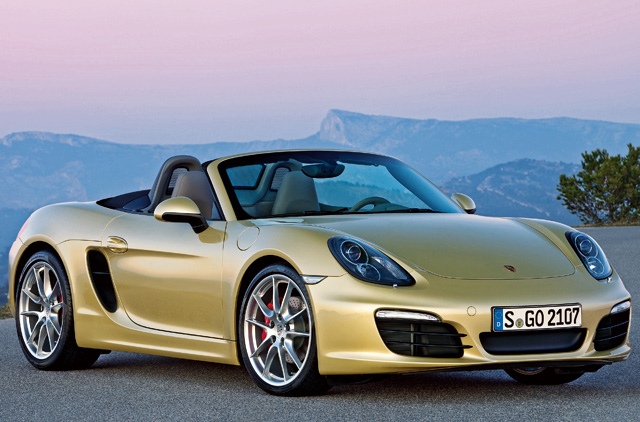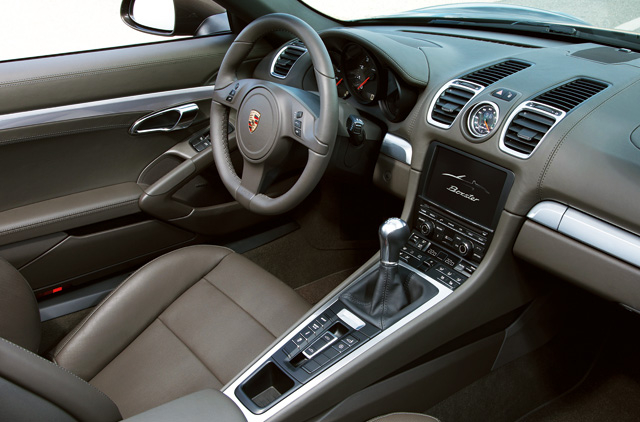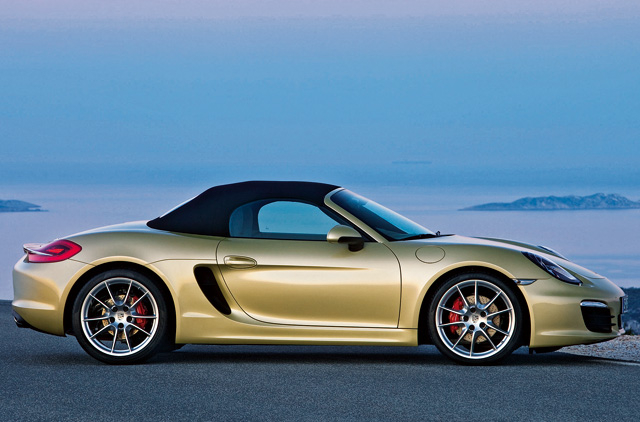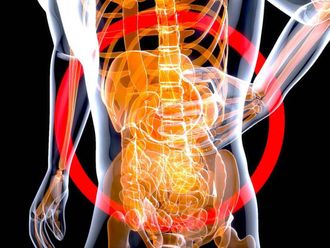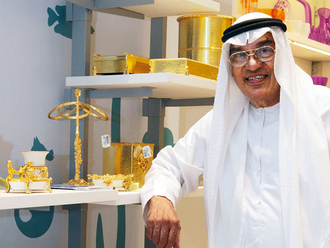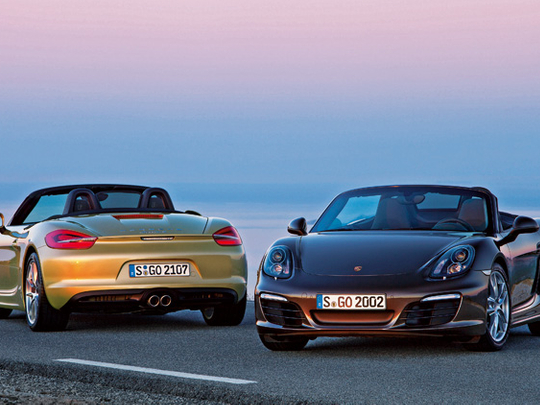
You don’t even have to try hard to notice the biggest change with the new generation Porsche Boxster. Just one casual glance, and it’s quite clear which end faces forwards and which end backwards, unlike the old car that would regularly startle you: “Look, that car is going 140kph in reverse! Oh, hang on, it’s just a Boxster…”
Porsche’s stylists have created no more confusion with this one. There is an obvious nod to the 918 Spyder (and Carrera GT) to the front end, and the profile gains a massive air scoop, also straight off a 918, to feed the mid-mounted flat-six engine.
Move around the rear and the taillights no longer look out of place, flowing into the rear flanks. And lastly, you’ll notice a lip spoiler slicing the tail in two vertical pieces, and continuing right into the lamps. That’s a cue taken from the Porsche 997 GT3’s rear bumper.
The 911 also lends the new Boxster its air intake design up front. But that’s just the beginning of the comprehensive changes to Zuffenhausen’s new generation roadster. The open-top two-seater now also has a lighter body, and a revamped chassis. Porsche says the weight is actually quite considerably lower, but then they don’t want to tell us what considerably means. But if we take into account that the outgoing model weighs well over 1,300kg, then we expect nothing less (or more, to be precise) than the 1.2-tonne range.
Coupled to a new, longer wheelbase, and a wider track, plus larger wheels and more rubber hitting the road, the Boxster should take its class-leading dynamics and its battle into the segment above. And with a base model boasting a new power unit delivering 265bhp from a smaller 2.7-litre displacement, look for the Boxster to embarrass many bigger supercars in the mountains around Hatta. Even the base gets an increase of 10bhp, but the Boxster S, now relying on a 3.4-litre engine, gets a 5bhp gain for a total of 315 horsepower.
If you have even the remotest idea about driving, Porsche Middle East will even sell you a manual six-speed gearbox as standard equipment, but the seven-speed double-clutch is obviously available as an option, and will be fitted to all but a handful of cars sold here. To be fair, the PDK achieves greater fuel economy as well as acceleration: around 8.0 litres-per-100km economy, while 0-100kph in the S shows up in five seconds flat. The entry-level model makes it in 5.7 seconds.
Splash out on more Porsche options and get the Sport Chrono Package, and you receive dynamic transmission mounts for the first time — Porsche already pioneered active engine mounts. Another novelty with the latest Boxster is the addition of Porsche Torque Vectoring with a mechanical rear axle differential lock, which wasn’t available before.
The only blotch on the Boxster’s otherwise perfect portfolio seems to be the introduction of the new electro-mechanical power steering dynamics (for fuel economy reasons), but judging from our time with the equally-equipped new 991 generation 911, this system shouldn’t spoil the old Boxster’s impeccable steering feel too much. Other niceties are direct injection across the board, electrical system recuperation, thermal management and a new stop-start function.
Inside the roadster, there is another cue taken from the Carrera GT hypercar, which has already made it to all the other models in Porsche’s line-up. The centre console, just as in the 911, Panamera and Cayenne, rakes up towards the dash with all the key controls nearby. Passengers are cocooned in the cabin by a new electric roof that manages to dispense with a compartment lid so you get more space.
Both the Boxster and Boxster S are already available to order, with first deliveries starting this June. Obviously, just about everything is an optional extra with Porsche so take the prices somewhat lightly: Dh197K gets you going with the base model, and Dh217K puts you behind the wheel of a new Boxster S.


